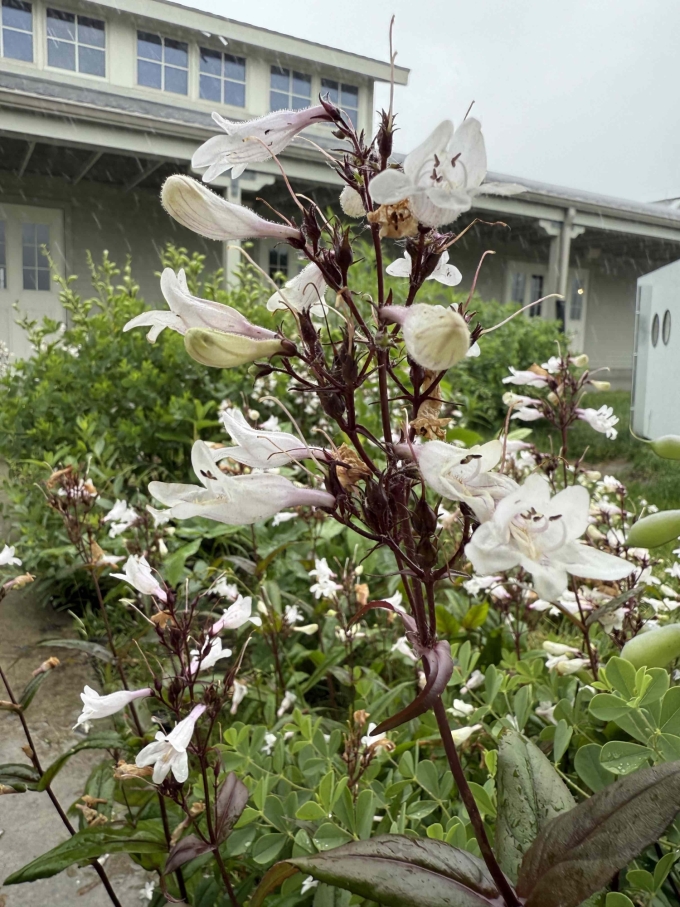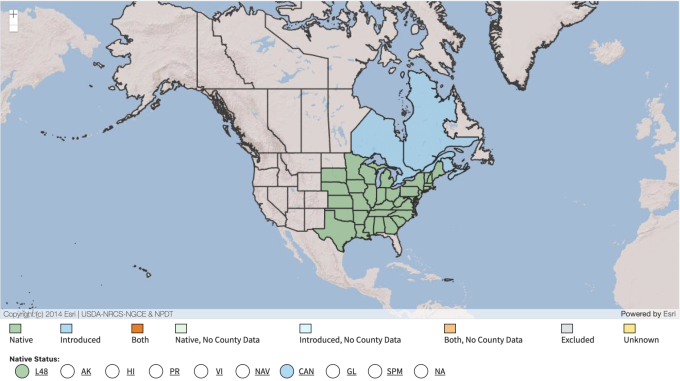Common Name: Foxglove Beardtongue
Family: Plantaginaceae
Plant Type: Herbaceous Perennial
Native Range: Eastern and central North America, including Nebraska
Hardiness Zones: 3–8
Height: 2.0 to 4.0 feet
Spread: 1.0 to 2.0 feet
Bloom Time: Late spring to early summer (May–June in Nebraska)
Bloom Description: Upright spikes of tubular, bell-shaped white to pale pink flowers with faint purple lines in the throat
Sun Exposure: Full sun to part sun
Water Needs: Medium
Soil Preference: Well-drained; tolerates a range of soils including clay, sandy, and loamy
Maintenance Level: Low
Suggested Use: Native plantings, borders, prairie restorations, pollinator gardens
Attracts: Bees, especially bumblebees, and hummingbirds
Tolerates: Deer, drought (once established), clay soils
Notable Features: Sturdy upright stems, long-lasting early blooms, excellent wildlife value, native to Nebraska
Nebraska Growing Notes:
Foxglove Beardtongue is a tough, adaptable native perennial that grows well throughout Nebraska in both cultivated and naturalized settings. It thrives in full sun to light shade and tolerates the clay soils found in much of eastern Nebraska.
Its upright flower spikes emerge in late spring, just as other early-season wildflowers fade, and are highly attractive to native bees and hummingbirds. The basal foliage remains attractive through the summer.
Once established, it is moderately drought-tolerant but appreciates occasional moisture during extended dry periods. Cut back after flowering if a tidier appearance is desired or leave seed heads for wildlife and winter interest.
Landscape Use:
Excellent in prairie plantings, pollinator gardens, rain gardens, borders, and naturalized wildflower meadows. Combines beautifully with Echinacea, Coreopsis, Liatris, Little Bluestem, and Solidago.
Caution:
Non-toxic and wildlife-friendly. Can self-seed modestly in open soil, helping sustain populations in restorations. Not aggressive.
Garden Locations:
Sources:



